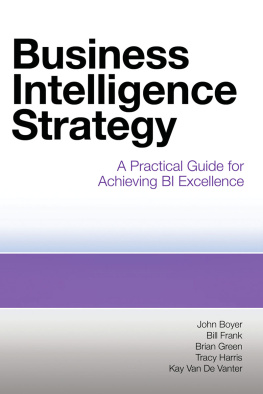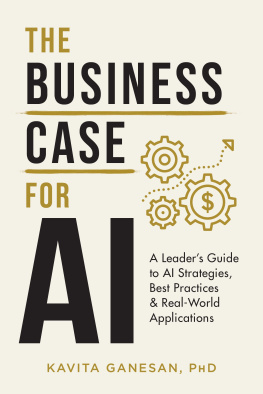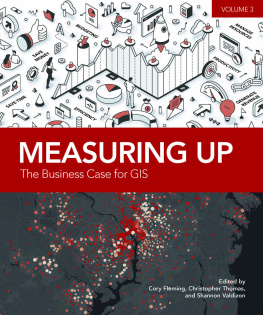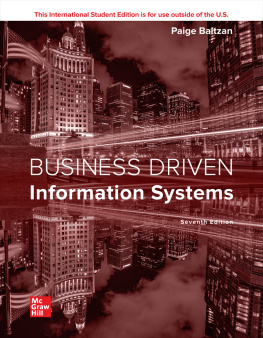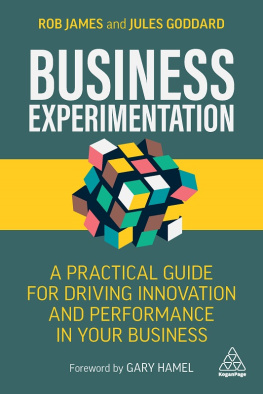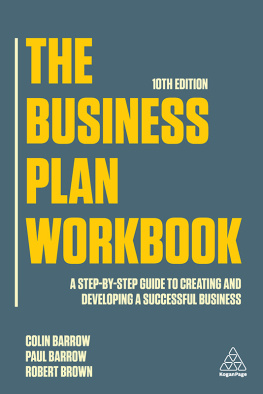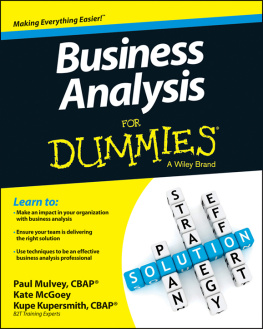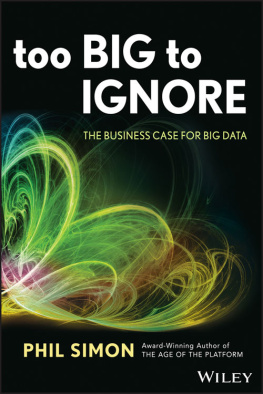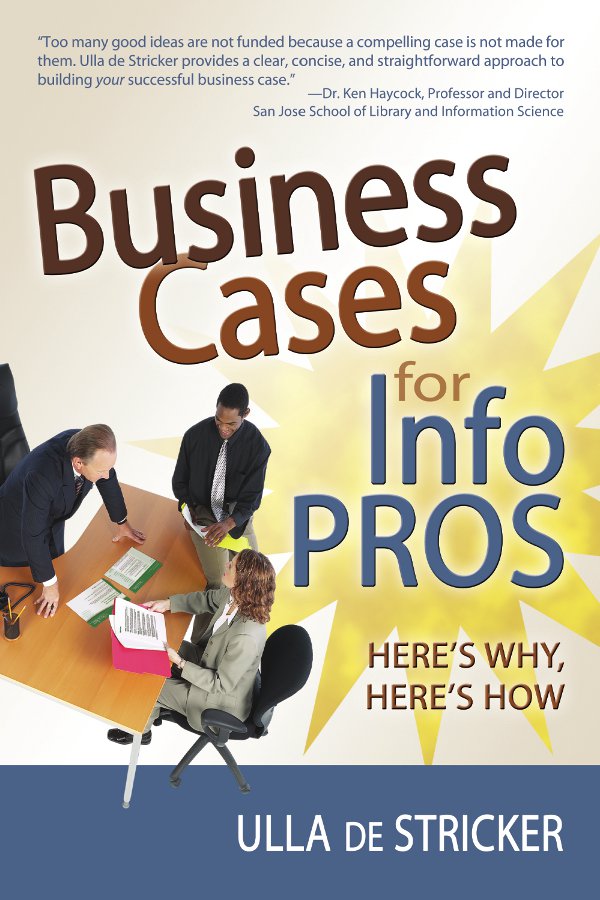Every colleague and client with whom I have discussed strategic investments in information products and services over the years has been a source of inspiration for this book. In the spirit of passing on the collective wisdom so acquired, I hope readers will benefit in specific ways from its expression here.
One cherished colleague made this book a reality: Bonnie Burwells ideas and substantial inputsand her cheerful support when I needed an opinionmade all the difference.
Therefore, Bonnie, this book is dedicated to you.
Introduction:
Why This Guide?
Over my more than three decades working in the information arena, I have noticed how much of a challenge it is for information professionals to establish compelling arguments for their proposals so as to achieve significant investments or budget increases. I have assisted many information professionals in planning for changes in the way they operate their information centers and offer services to clients, and one very complex part has always been the matter of getting approval for expenditures. A few key factors have stood out:
Information professionals typically offer qualitative support that is awkward to measure in financial terms, making it difficult to arrive at tangible and credible data for use in cost/benefit analyses and return-on-investment calculations.
The construction of an effective business case can be time-consuming; meeting the day-to-day needs of clients may leave little time for intensive study and document preparation.
There is no proven method to follow in communicating with management. As a result, information professionals rely on their own creativity in preparing a business case for proposed investments.
Such observations led me to believe that the approach I developed in the course of my own work as a consultant might help other information professionals save time and effort. This guide uses examples from the library and information resource center domains, but these are equally applicable for professionals who function in other knowledge-intensive settings.
Anyone who needs to advance a proposal requiring support for increased budgets, reallocation of budgets, or significant capital or content investment needs a convincing case and an attention-getting presentation. The principles I illustrate are universal in that they all aim to assure decision makers of the returnfinancial or otherwise that they will realize on their approval and investment.
Examples of Scenarios Calling for a Business Case
Some investmentsfor example, replacing aging or failing technical infrastructurejustify themselves; the negative consequences of not investing are obvious. Whenever something new is contemplated outside the must door else category, business case documents are called for. These generic examples reflect common organizational scenarios familiar to information professionals:
Due to a significant number of employees taking early retirement, there is a shortage of corporate memory. Business teams have found themselves repeating earlier work because lessons learned from previous efforts were not identified in a timely manner. We need a strategy and a tool or system for capturing key information objects produced in the course of the organizations work.
Due to the fact that the organizations business teams are spread over multiple locations or different floors, the teams sometimes arrive independently at similar project ideas and miss out on potential synergy. We need a reliable mechanism for ensuring that each team knows what the others are planningwithout adding to the information overload everyone is already experiencing.
Over time, as reliance on email and rapid electronic exchange of document drafts has grown, proliferation has become a major problem. Thousands of files crowd shared drives, and there are loud complaints that we cant find the documents we needand if we do find a document, we cant be sure it is the final official version. Everyones time is wasted as individuals send out blanket does anyone have a copy of requests. We need a policy and a convenient repository where official copies of non-trivial documents are safeguarded and searchable.
The intranet was simple and easy to navigate when it was first rolled out years ago. But now, it is widely regarded as a frustrating experience because its original structure has been compromised through ad hoc development. We need a complete redesignwith a view to sustainability of structure.
The customer service agents are without a bible of official information they can give to customers with confidence. As a result, each customer interaction takes much longer than it ought to take, and the agents are saying they dont feel certain they are giving out the best information. We need a central database of correct answers for the agents to consult as they deal with callersalong with a mechanism for updating it when new information becomes available or when agents discover new, useful insights.
As the organizations business emphasis has shifted and as new end-user-oriented tools are readily available on the Internet, a new assessment is needed as to what information should be purchased and licensed. We need an audit of the current practices and of knowledge workers actual needs so that we may plan and fund an appropriate information support strategy.
Such frequently encountered information-related scenarios, and many more like them, call for information professionals to develop solutions or strategies and to sell them through business case documents.
How This Guide Could Help
Business Cases for Info Pros offers three types of content to assist readers in crafting a business case document according to the organizational culture in which they work:
Information about business cases: the basics you need to know, a framework for identifying and planning what will go into your case, and suggestions for making it stand up to scrutiny and objection.



